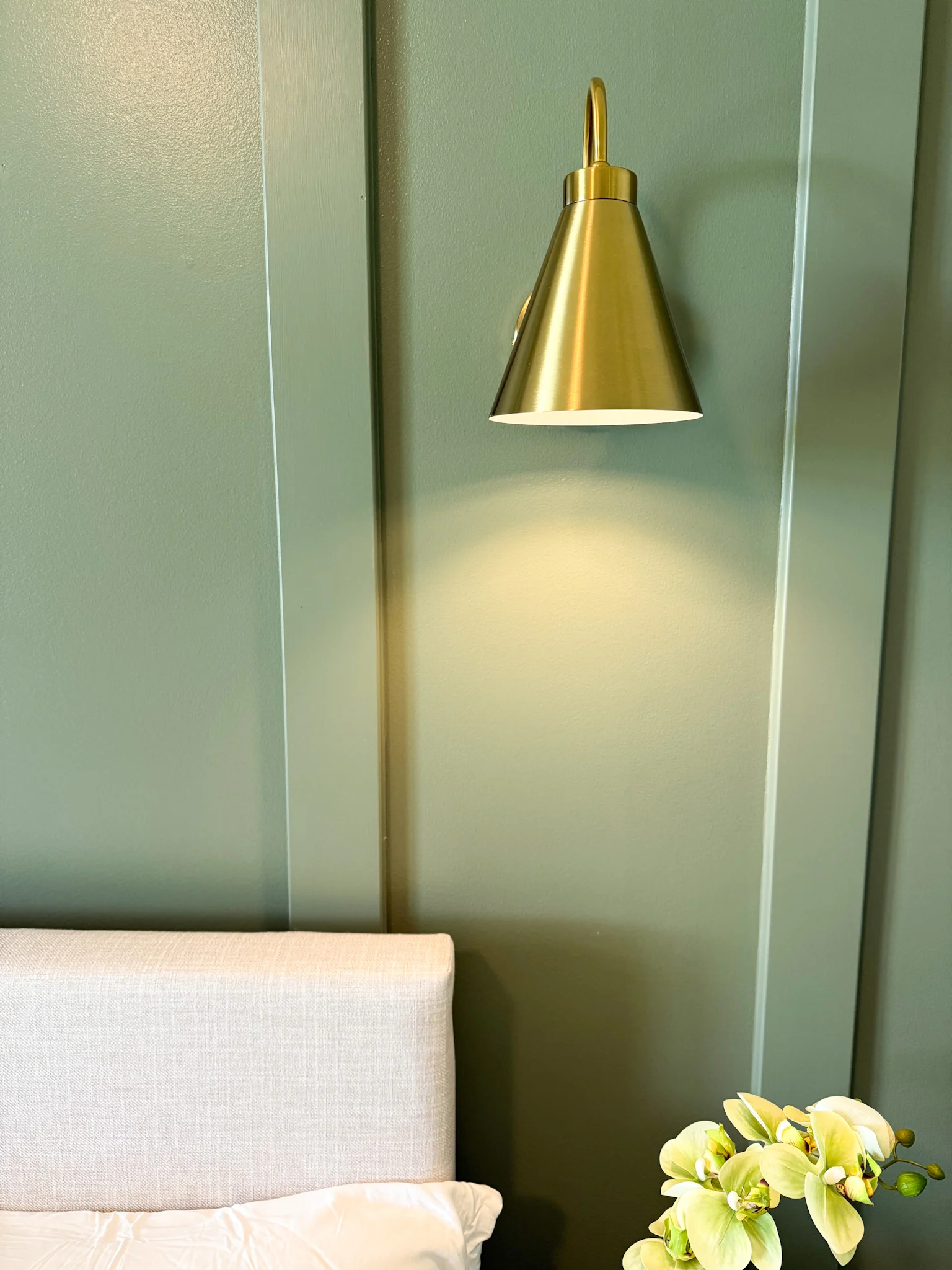
Meet Dr. Ray! Dr. Kelly Ray is a clinical psychologist and owner of a group private practice in the greater Chicago area. Kelly holds a Doctorate in Counseling Psychology and has 20 years of experience as a provider of psychotherapy. She specializes in anxiety, eating/body image concerns, mood issues, the challenges of busy working parents, and parenting dilemmas. Off the “clock,” Kelly lives in the suburbs of Chicago with her husband and two middle-school aged daughters, who have learned to make use of her other talent…as a chauffeur.
We recently asked you, the LIY Community, to anonymously submit any questions you may have for Dr. Ray – and quite literally, Ask a Therapist! Below, you’ll find a few of the questions asked and the responses directly from Dr. Ray herself. Our hope is that you might relate to other women in the LIY Community and benefit from hearing [or in this case, reading] the advice Dr. Ray offers.
*Disclaimer: The information provided is not intended to be a substitute for psychotherapy. If you are in immediate crisis or have serious mental health concerns, please contact your physician and/or seek care from your local Emergency Room department.
Marriage & Relationships
Q: My husband inherited a 100 year-old desk and credenza and wants me to put it in my home office. They are not my taste or style, but I know it has sentimental value. When I asked why he didn’t take it to his office, he said he was worried it would get ruined. This desk and credenza are going to overwhelm the room and cost about $2,000 to have shipped from his parents’ home. What do I do? Keep the peace or stick up for my office area?
A: The sentimental value of family heirlooms probably outweighs a bulky desk and credenza! If there is still flexibility about the desk’s next resting place, there may be opportunity for you to inquire with your husband about the significance that these pieces hold for him, including the special meaning associated with having them in your home.
If it isn’t too late (as in the truck is not currently en route to your home), you might gently suggest that your partner take photo’s of these items. He may even be able to find family pictures with his loved ones using the desk, which could amp up the sentimental value for him even further. Offer to make a photo coffee-table book for him of beloved family heirlooms and childhood remembrances that would allow him to reminisce at any time.
On the other hand, if the truck is getting unloaded in your driveway as you read this, it could be time for compromise. Might there by other areas of your home that can accommodate this piece other than your personal space? Could the desk serve as a unique sideboard or entry-way table, for example. In the case that this furniture has already found residence in your lovely office, be creative. Are there ways that you can dress the desk up to your liking? This could help you to embrace it (or, at least accept it) and have it reflect your style.
Beyond the “what to do” of this situation, it remains important to acknowledge your feelings to your partner. When uncomfortable feelings arise from interactions with others, resentment can develop, which can be toxic to marriage. To squash any chance for resentment to grow, you may voice something like, “I am hesitant about having this large piece of furniture take over my office. To be honest, I am also feeling frustrated/upset about not having a say about where it goes. I don’t want there to be resentment about this situation, and I appreciate your hearing my feelings.” Feeling understood by another has the power to stop resentment in its tracks.
Whether it is negotiating home decor or coordinating the tasks of daily life together, marriage presents many opportunities for partners to practice the dance of give and take. You may identify with being the team player for your relationship this time, and — no doubt — your husband will have many chances over the years to do the same.
*This information is not intended to be a substitute for psychotherapy or a consultation with a health provider. If you are experiencing an urgent health concern, please go to your local Emergency Department.
Anxiety & Medication
Q: My family has been very careful and diligent in taking precautions (mask wearing, adults vaccinated as soon as eligible, social distancing, not eating indoors) during the pandemic. How can I cope with the anxiety I feel about returning to work in person for the first time since March 2020? I’m overwhelmed with anxiety until my young children can be vaccinated.
A: It is no surprise that the pandemic brought with it a host of challenges. As you plan to return to the office, you may not have expected that you could feel more anxious about resuming your pre-pandemic routine than when faced with initially shutting down that same routine. The pandemic was a natural source of fear for many reasons: fear of oneself or loved ones becoming ill, anxiety about germ transmission, and the discomfort of perceiving others — including loved ones — as threats to personal health. By its nature, fear leads to anxiety, both of which can multiply as one prepares to face perceived threats to safety. In anticipation of returning to work, it is important to trust that you are equipped with internal resources to help you feel safe:
- Find Consistency — Make a list of actions you adopted during the pandemic that you relied on to keep you and your family safe (wearing masks in indoor public spaces, hand washing, etc.). Remind yourself that these actions remain under your control even as you prepare to spend more time outside of the home.
- Examine Internal Messages — Fear can be excessive when fueled by thoughts that are extreme or catastrophic in nature. To better understand if this is happening for you, make a list of the fears that you have about going back to work and examine whether there is evidence to support each belief. (Therapist disclosure: This can be a challenging exercise to do on one’s own. You may decide to work with a therapist who is trained in cognitive therapy to support you in this process.)
- Practice Positive Self-Talk — Call to mind thoughts, images, and activities that you are looking forward to in resuming your routine and remind yourself of these as often as is necessary. Redirecting your attention from thoughts that drive fear to those that promote pleasure has the power to change your mood for the better.
- Reflect — After each day back at work, spend 5 minutes reflecting upon your day. Did any of your previously held fears actually take place? What occurred today that was a pleasant surprise? Were you reminded of any part of your day that you now recall enjoying? Use these insights to reassure and prepare you for the next day. When anticipating any adjustment, it is easy to align with worry about how it will go. In being pulled away from usual routines for some time, it is also possible to lose touch with some of the simple pleasures inherent in those routines. As you move through the adjustment back to work, remember that these fears are common, and you are not alone. Working to examine your thought patterns and countering fear with positive self-talk will help you readjust to your former routines.
*This information is not intended to be a substitute for psychotherapy or a consultation with a health provider. If you are experiencing an urgent health concern, please go to your local Emergency Department.


